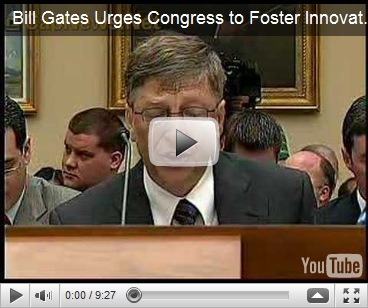Part I in my previous blog ………………
I describe HITECH and APPA and the negative reward system to create incentives for physicians and hospitals to acquire and use electronic medical records.
Today I am going to describe several critical and key issues which will greatly impact on providers in their daily work.
Here is the scenario.
Dr Gofaster is an internal medicine physician who attends patients at two different hospitals, BeHospitalized Medical Center and Don’tbeAdmiited Center for Cardiac Arrest. He is on call for both E.Ds
His iPhone do it all sounds an alarm and he receives an SMS from BHMC E.D. Dr Gofaster sees the patient and records his EMR for patient I.Dont Wantadiehere. Following admission the next day he sees his patient but is unable to see the ED notes because the outpatient system is entirely different and not connected to the inpatient EMR. (my experience in the federal US Army AHLTA system.) He experiences some difficulty using the two differing systems in one hospital.
Dr Gofaster’s iPhone do it all goes off again summoning him to the ED at DBAMC. He arrives in five minutes, sees the patient and has a problem using the entirely different EMR in the second ED. After admission he goes to the floor and sees another inpatient. He is again stymied using the inpatient EMR since it is different from BHMC. He either forgot his password or left it in his wallet in the car.
Summary, two different hospitals, Four different EMRs
Four different passwords that require changes every 90 days.
Dr Nowslowingdownmore attempts to enter his password incorrectly three times in a row…the system now tells him he is locked out and he must answer 4 challenge questions, which he cannot remember nor answer.
His alternate choice is to dial 1-800-IDONT-SEE-PATIENTS, he is placed on hold after answering four voice mail prompts, #,@,!,&,& unless it is on the weekend when he must enter at least 1 number, one upper case letter, one lower case letter, and be no less than ten digits long.
Upon contacting a support specialist (who is in Singapore) he is asked what version is his hospital software.
Thirty minutes later he is ready to record his EMR. As he logs in the log in page announces that the system is down for the next 4 hours for maintenance, with the message. “We are sorry to inconvenience you, doctor.
Dr Nowslowingdownmore heads to his office and starts his workday in the office. He enters the first patient room. Patient
I.Wantagohome is pacing because he needs to leave (he is an attorney) Dr N. Slowingdownmore attempts to log in his office system, but receives a message
he must change his password and he cannot use any of his old passwords. He is locked out while attempting to answer two of his six alternate secret questions and answers.
Dr N.Slowingdownmore gives it up and pulls out his trusty No.2 yellow pencil and waits ten minutes while Betsy tries to find a progress notes sheet (they are buried under some old floor mops in the storage room). Dr. Slowingdownmore notes that his pencil has never been sharpened and their are no pencil sharpeners, so he pulls out a scalpel blade to sharpen it. In the process he slices the tip of his index finger on his writing hand off.
Dr. S swears loudly, throws his iPhone against the wall, shattering it as it falls to the floor.
His medical assistant Suzie Icantakeitanymore brings in a certified letter from the medical staff office placing him on probation due to his incomplete hospital charts.
Get the picture, all you do-goody HIT folks and Politicos???
Names have been changed to protect the guilty.







